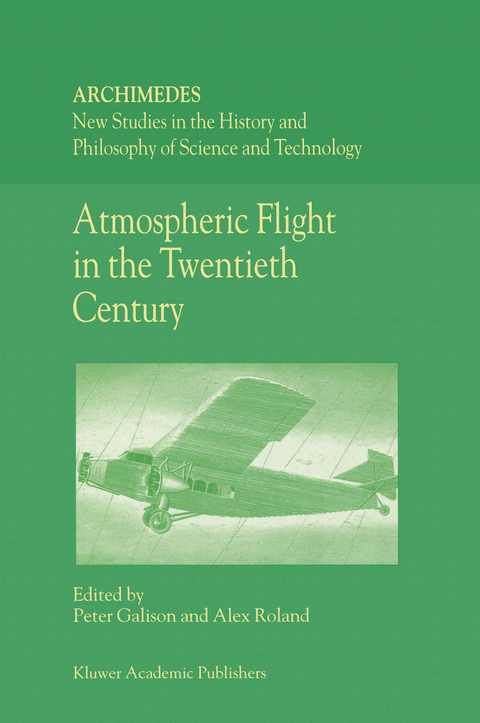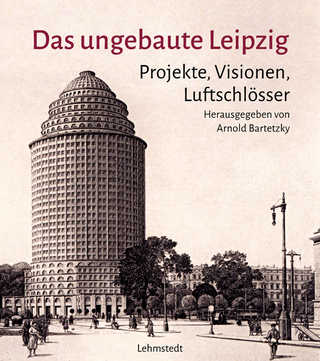
Atmospheric Flight in the Twentieth Century
Springer (Verlag)
978-0-7923-6037-7 (ISBN)
All technologies differ from one another. They are as varied as humanity's interaction with the physical world. Even people attempting to do the same thing produce multiple technologies. For example, John H. White discovered more than l 1000 patents in the 19th century for locomotive smokestacks. Yet all technologies are processes by which humans seek to control their physical environment and bend nature to their purposes. All technologies are alike. The tension between likeness and difference runs through this collection of papers. All focus on atmospheric flight, a twentieth-century phenomenon. But they approach the topic from different disciplinary perspectives. They ask disparate questions. And they work from distinct agendas. Collectively they help to explain what is different about aviation - how it differs from other technologies and how flight itself has varied from one time and place to another. The importance of this topic is manifest. Flight is one of the defining technologies of the twentieth century. Jay David Bolter argues in Turing's Man that certain technologies in certain ages have had the power not only to transform society but also to shape the way in which people understand their relationship with the physical world. "A defining technology," says Bolter, "resembles a magnifying glass, which collects and focuses seemingly disparate ideas in a culture into one bright, sometimes piercing ray." 2 Flight has done that for the twentieth century.
I: Understanding Flight.- An Accident of History.- Aerospace in Adolescence: McCook Field and the Beginnings of Modern Flight Research.- The Changing Nature of Flight and Ground Test Instrumentation and Data: 1940–1969.- The Emergence of the Turbofan Engine.- Engineering Experiment and Engineering Theory: The Aerodynamics of Wings at Supersonic Speeds, 1946–1948.- II: International Comparisons.- Wooden Airplanes in World War II: National Comparisons and Symbolic Culture.- American Aviation Technology: An International Heritage.- The Wind Tunnel and the Emergence of Aeronautical Research in Britain.- The Evolution of Aerodynamics in the Twentieth Century: Engineering or Science?.- III: Flight, Economics and Culture.- Airframe Manufacture and Engineering Exchange.- Blaming Wilbur and Orville: The Wright Patent Suits and the Growth of American Aeronautics.- Who Designs Airports... Engineers, Architects, or City Planners? Aspects of American Airport Design Before World War II.- Pools of Invention: The Role of Patents in the Development of American Aircraft, 1917-1997.- Epilogue.- Discussion Paper.- Contributors.
| Erscheint lt. Verlag | 31.3.2000 |
|---|---|
| Reihe/Serie | Archimedes ; 3 |
| Zusatzinfo | XVI, 383 p. |
| Verlagsort | Dordrecht |
| Sprache | englisch |
| Maße | 170 x 244 mm |
| Themenwelt | Geisteswissenschaften ► Geschichte |
| Naturwissenschaften | |
| Technik ► Fahrzeugbau / Schiffbau | |
| Technik ► Luft- / Raumfahrttechnik | |
| ISBN-10 | 0-7923-6037-0 / 0792360370 |
| ISBN-13 | 978-0-7923-6037-7 / 9780792360377 |
| Zustand | Neuware |
| Haben Sie eine Frage zum Produkt? |
aus dem Bereich


